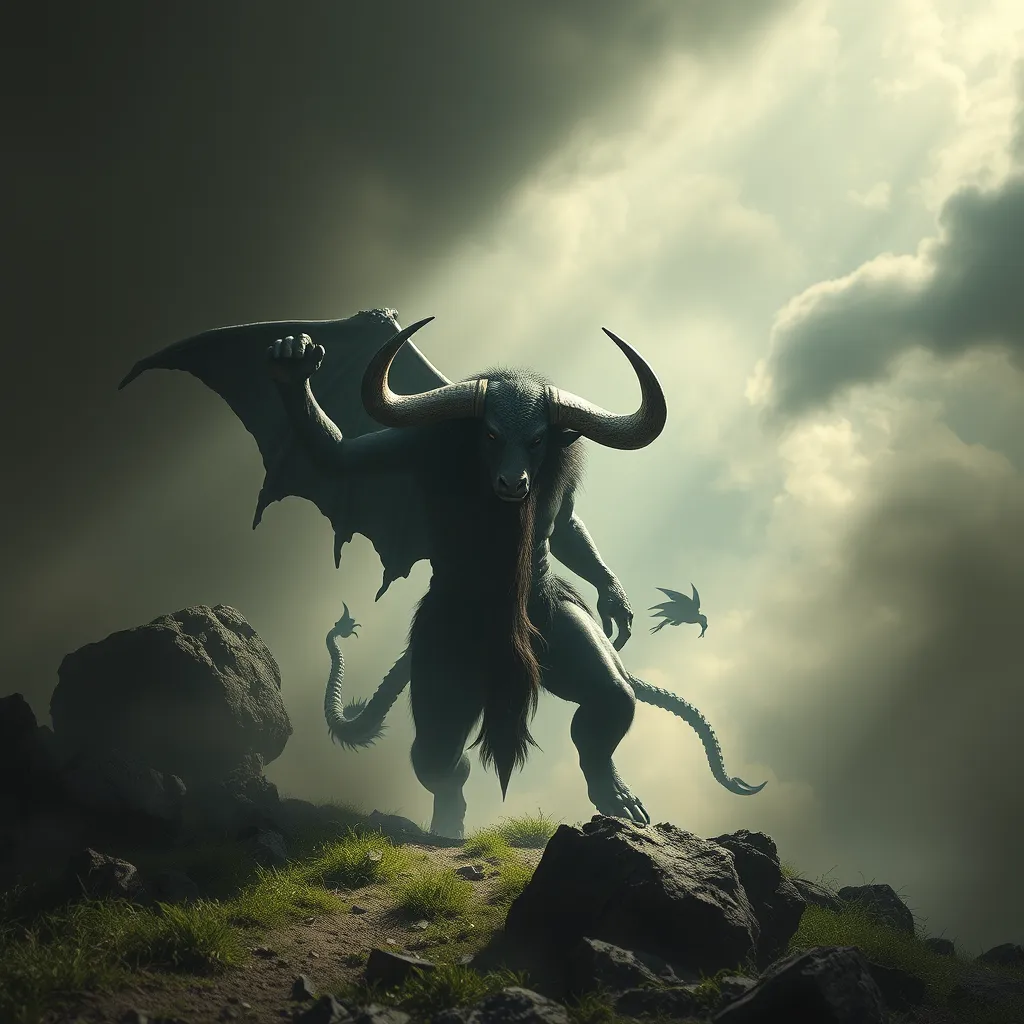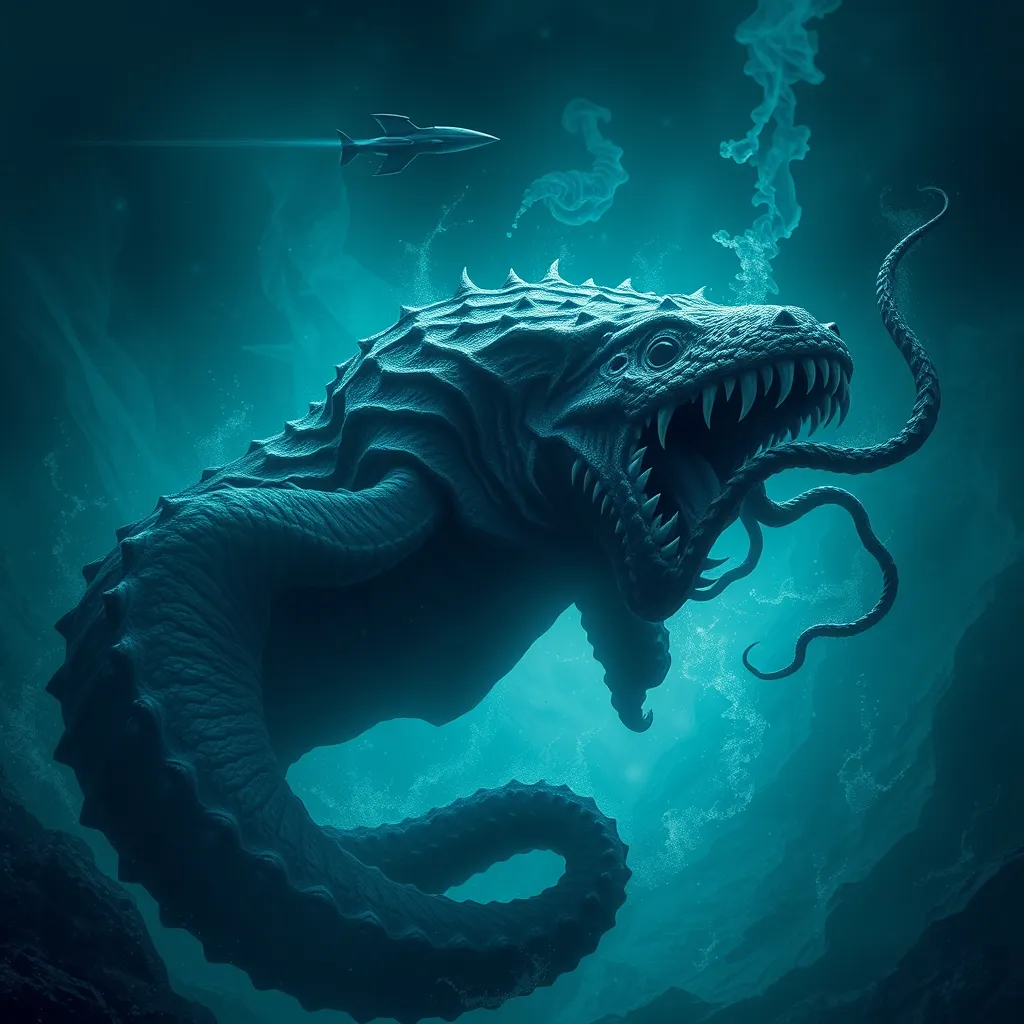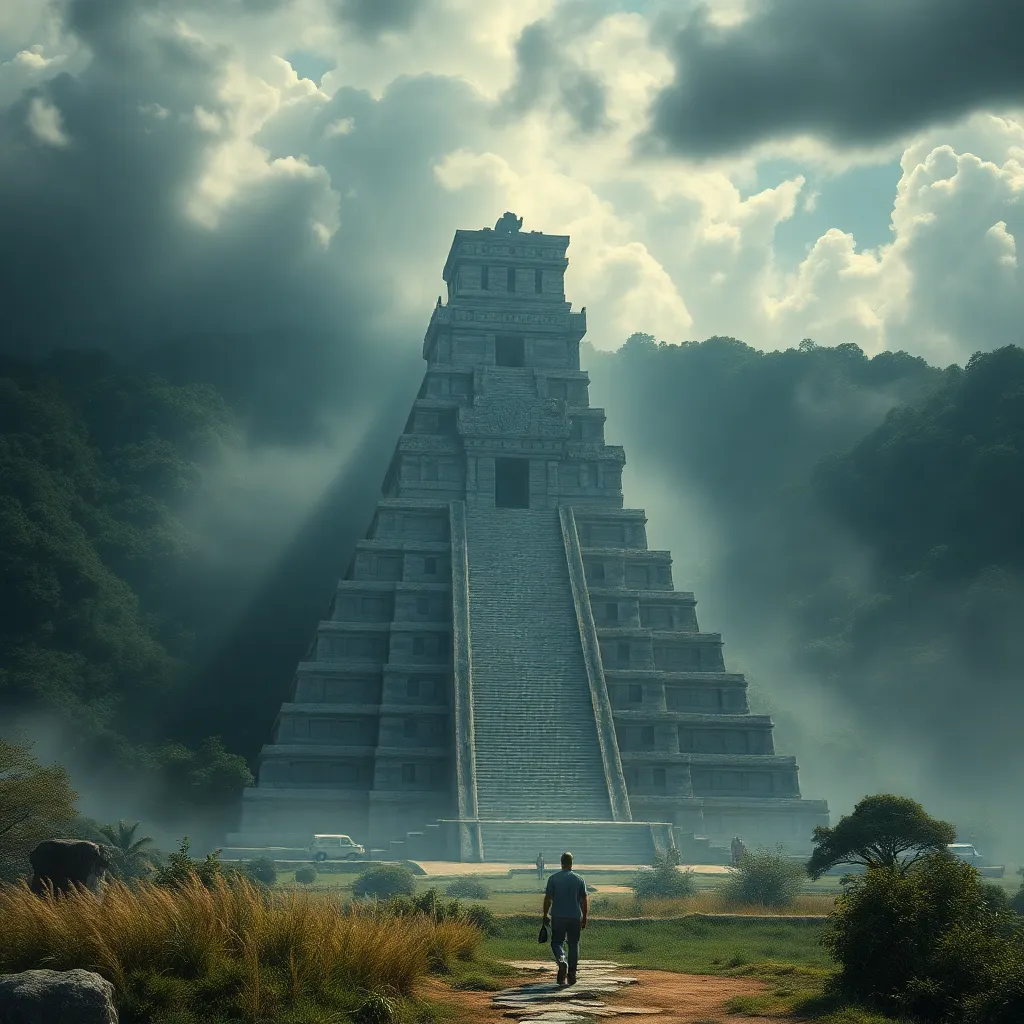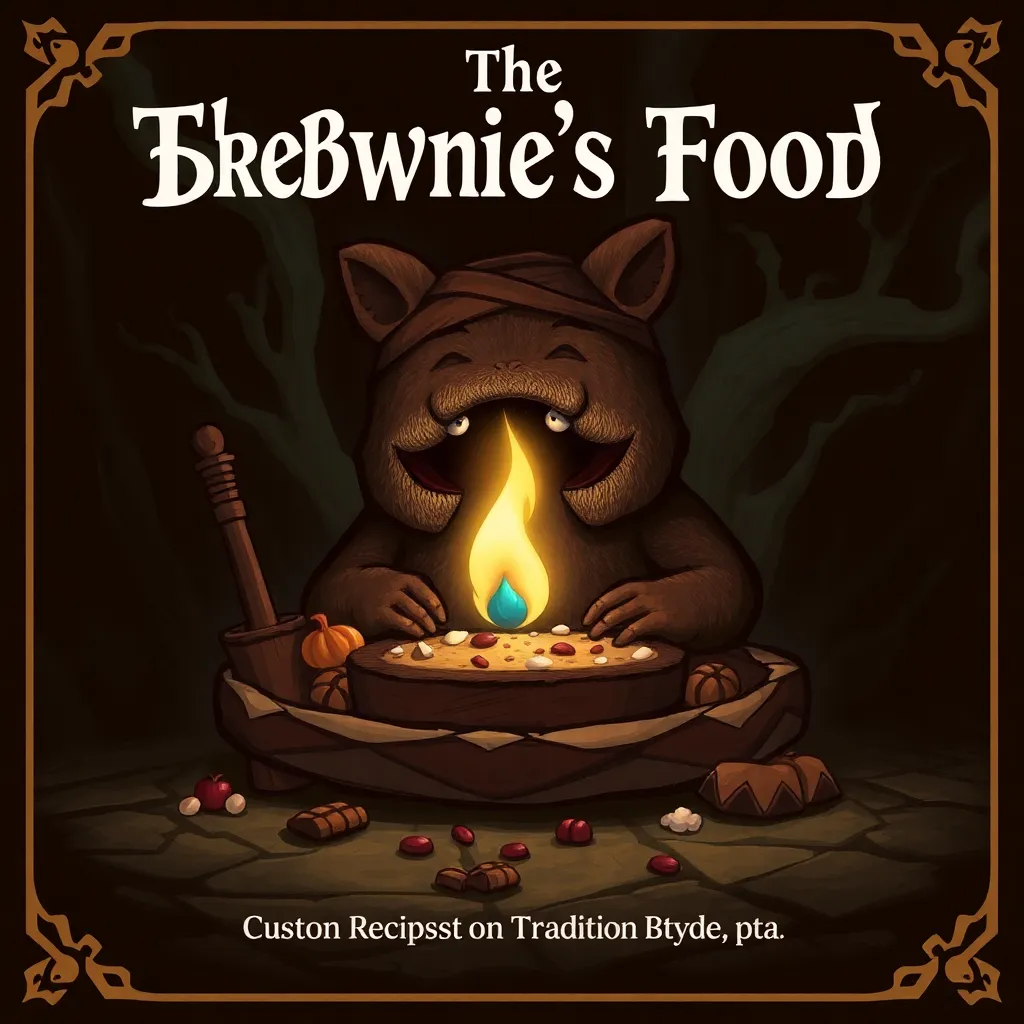A Monster’s Legacy: The Minotaur’s Enduring Impact on Western Culture
I. Introduction
The Minotaur, a half-man, half-bull creature of Greek mythology, has captivated the imaginations of many throughout history. The story of the Minotaur is not merely a tale of a monster; it encapsulates themes of power, humanity, and the struggle against chaos. As one of the most compelling figures in Greek mythology, the Minotaur serves as a lens through which we can explore deeper societal issues and cultural legacies. This article seeks to delve into the enduring impact of the Minotaur on Western culture, examining its origins, symbolism, representations in literature and art, and its presence in modern popular culture.
II. The Origin of the Minotaur Myth
The Minotaur’s myth dates back to ancient Crete, where he was born from the union of Pasiphaë, the wife of King Minos, and a magnificent bull sent by Poseidon. This grotesque birth was a punishment for Minos’s failure to sacrifice the bull to the god. The Minotaur was confined within a labyrinth designed by the ingenious craftsman Daedalus, reflecting themes of entrapment and the consequences of human hubris.
Key figures in this myth include:
- King Minos: The ruler of Crete, whose actions set the stage for the Minotaur’s creation.
- Daedalus: The master craftsman responsible for building the labyrinth.
- Theseus: The Athenian hero who ultimately confronts and defeats the Minotaur.
At its core, the myth explores themes of power, monstrosity, and the tenuous nature of humanity, raising questions about what it means to be civilized versus monstrous.
III. Symbolism and Interpretation
The Minotaur serves as a potent symbol of chaos and the struggle for civilization. He embodies the fear of the unknown, representing the darker aspects of human nature and the primal instincts that lurk beneath the surface of civilized society. Additionally, psychological interpretations of the Minotaur suggest that he may represent the personal demons and conflicts that reside within the human psyche.
Moreover, the Minotaur exemplifies duality:
- Monster: A fearsome creature that instills terror in those who encounter it.
- Tragic Figure: A being born of unnatural circumstances, evoking sympathy as a victim of his fate.
IV. The Minotaur in Literature
The Minotaur has a rich presence in literature, spanning from classical to modern works. In classical literature, authors such as Ovid and Dante have referenced the creature, embedding him within larger narratives about human experience and morality.
Modern adaptations continue to explore the Minotaur’s legacy, with authors using the character as a metaphor for various societal issues, including:
- Alienation and isolation
- Struggles with identity
- Confrontation with one’s inner demons
These themes resonate with contemporary audiences, highlighting the Minotaur’s relevance across different eras.
V. The Minotaur in Visual Arts
The Minotaur has been a popular subject in visual arts throughout history. In ancient art, he was depicted on pottery, in sculpture, and in frescoes, often illustrating key moments from his myth. These early representations reflect the cultural significance of the creature within Greek society.
During the Renaissance and Baroque periods, the Minotaur continued to inspire artists, who explored his dual nature and the labyrinthine settings associated with him. In modern visual culture, the Minotaur appears in:
- Films that reinterpret the myth
- Graphic novels that explore the themes of monstrosity
- Art installations that conceptualize the labyrinth as a metaphor for modern life
VI. The Minotaur in Popular Culture
The Minotaur’s legacy extends into contemporary popular culture, where he appears in various forms of media. In film and television, adaptations often reinterpret the myth, emphasizing themes of heroism, sacrifice, and the struggle against inner and outer chaos.
Moreover, video games have embraced the Minotaur archetype, using the character as a formidable enemy or a symbol of the player’s internal battles. This presence in popular media underscores the enduring fascination with the Minotaur and the lessons that can be drawn from his story.
VII. The Minotaur as a Cultural Archetype
The Minotaur represents the archetype of the monster in Western culture, serving as a mirror to society’s fears and anxieties. Comparisons can be drawn between the Minotaur and other mythological creatures, such as:
- The Chimera: Another hybrid creature symbolizing chaos and danger.
- The Cyclops: Representing brute strength and the violation of social norms.
The Minotaur’s role in these narratives shapes societal views on monstrosity and otherness, challenging audiences to confront their perceptions of what it means to be “other” in society.
VIII. Conclusion
The Minotaur’s cultural significance is profound, reflecting deep-seated human fears and desires. Through his myth, we explore the complexities of power, identity, and the struggles between chaos and civilization. As we navigate modern society, the Minotaur remains a relevant figure, reminding us of the challenges we face in understanding ourselves and others.
In conclusion, the legacy of the Minotaur serves as a testament to the power of myth in shaping cultural narratives and our perceptions of monstrosity. His story continues to resonate, ensuring that the Minotaur will remain a prominent figure in the tapestry of Western culture for generations to come.



